ISEK 2026 Keynote Speakers
We are pleased to announce the following keynote speakers for ISEK 2026
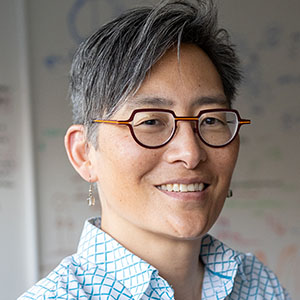
LENA TING
Emory University
Neuromechanics of Balance: understanding muscles, spindles, and neural control to inspire rehabilitation robots
Speaker Bio
Lena Ting is a Professor and the McCamish Distinguished Chair in Biomedical Engineering at in the Coulter Department of Biomedical Engineering, at Georgia Tech and Emory and a Professor in Rehabilitation Medicine in the Division of Physical Therapy at Emory University. Dr. Ting directs the Neuromechanical Laboratory at Emory, focusing on complex, whole body movements such as walking and balance in healthy and neurologically impaired individuals, and skilled movements involved in dance and sport. Her work is highly interdisciplinary, drawing from neuroscience, biomechanics, rehabilitation, computation, robotics, and physiology. Her lab has developed several computational methods to characterize and understand individual differences in movement and movement control, and how these change in neurological disorders, as well as with rehabilitation and training. Dr. Ting also co-directs the Georgia Tech and Emory Neural Engineering Center and an NIH T32 in Computational Neural Engineering. Dr. Ting is a Fellow of the American Institute of Medical and Biological Engineers (2016), she was awarded the Arthur C. Guyton Award for Excellence in Integrative Physiology by the American Physiological Society (2007), the Atlanta Business Chronicles, Healthcare Hero Award (2018) and several teaching and mentoring awards from Georgia Tech and Emory University.
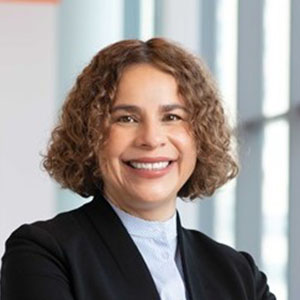
MONICA PEREZ
Northwestern University
Plasticity of the human sensorimotor system-limits and potential
Speaker Bio
Dr. Perez is the Scientific Chair of the Arms + Hands Lab at the Shirley Ryan AbilityLab, a Professor in the Department of Physical Medicine and Rehabilitation at Northwestern University, and a Research Scientist at the Edward Jr. Hines VA Hospital. She has studied neural mechanisms contributing to the control of voluntary movement in healthy humans and in people with spinal cord injury for over 15 years. Her research aims to understand how the brain and spinal cord contribute to the control of movement with the ultimate goal of using this mechanistic information to develop more effective rehabilitation therapies for people with spinal cord injury. This theme is mainly investigated from a neurophysiological point of view, using a combination of transcranial magnetic stimulation, magnetic resonance imaging, electrical stimulation, and behavioral techniques.
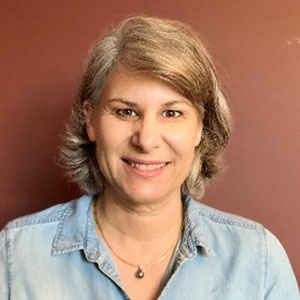
MONICA GORASSINI
University of Alberta
What the firing behaviour of motor units tells us about intrinsic motoneuron function in neurological trauma and degeneration
Speaker Bio
Dr. Gorassini (PhD) is a Professor in the Department of Medicine at the University of Alberta, Edmonton Canada. Her primary research interests include spinal motor function and how various intrinsic ion currents activated in the motoneuron shape the firing behaviour of single motor units in health, injury and disease. By combining translational work from intracellular recordings of motoneurons in animal models of spinal cord injury, cerebral palsy and amyotrophic lateral sclerosis (ALS), she aims to understand how changes in intrinsic and extrinsic activation of human motoneurons contribute to spasticity and motor dysfunction in these disorders. In her presentation, Dr. Gorassini will discuss how we can infer from the firing rate patterns of single motor units during isometric contractions that enhanced persistent inward sodium currents (NaPICs) and after-depolarizations may drive hyperexcitability of motoneurons in neurotrauma and excitotoxicity in ALS. She will also describe how alterations in single motor unit firing behaviour have the potential to be used as an early biomarker of ALS.
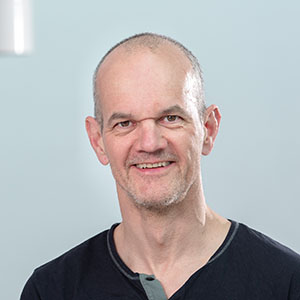
STEFAN DEBENER
Carl von Ossietzky Universität Oldenburg
Investigating the brain during human motion-what have we learned, challenges and pitfalls
Speaker Bio
Prof Debener holds a PhD from the Technical University of Dresden and a degree in Psychology from the Technical University of Berlin. His academic career includes positions as Full Professor at the University Hospital of Jena, Honorary Lecturer at the University of Southampton, and Senior Scientist positions at the MRC Institute of Hearing Research Southampton and the University Hospital of Hamburg. Throughout his career he has published extensively in the fields of electroencephalography, audiology, neuroscience, and cognition. Prof Debener has been instrumental in the development of mobile EEG technology, including the first commercially available ear EEG sensor, facilitating the study of brain activity in real-world environments. His work has opened up new possibilities for studying brain activity during natural movement, allowing researchers to study cognitive processes in real-world settings, beyond the constraints of traditional laboratory environments. His work also spans clinical neuropsychology and neurorehabilitation, with the aim of improving rehabilitation strategies for people with sensory impairments.
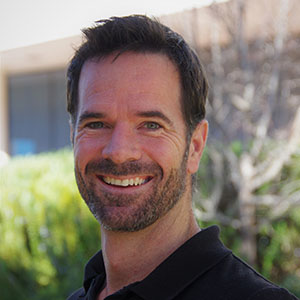
ANTHONY BLAZEVICH
Edith Cowan University
Recent advances in understanding the neuromuscular adaptations to strength training
Speaker Bio
Tony Blazevich, PhD, is a Professor of Biomechanics and lecturer in clinical neurophysiology in the School of Medical and Health Sciences, Edith Cowan University, Australia. His research aims to determine the influence of musculo-tendinous and neural factors on human movement performance, and the adaptive responses of these factors to exercise training and detraining across both non-clinical and clinical populations. His research therefore uses a broad range of techniques in the areas of biomechanics, neurophysiology and strength & conditioning, focussing most prominently on the qualities of muscle strength, power, and speed. In particular, Professor Blazevich has examined the role of muscle structure (architecture) and its adaptation to training, and has more recently explored the factors influencing dynamic muscle shape and geometric changes under different muscle contraction conditions. Professor Blazevich has also examined the acute and chronic neurologic changes triggered by exercise training, including in response to strength training and fatigue, most recently focussing on the role of motoneuronal persistent inward currents as mediators of muscle function, especially in fatigue and ageing.
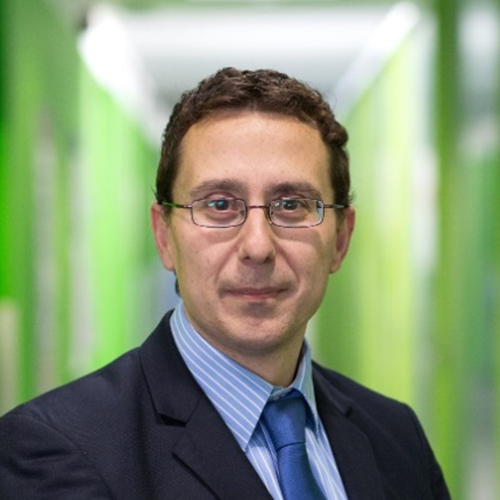
DARIO FARINA
Imperial College London
Basmajian Award Lecture
Speaker Bio
Dario Farina is Full Professor and Chair in Neurorehabilitation Engineering at the Department of Bioengineering of Imperial College London, UK. At Imperial College, he is also Director of the Network of Excellence in Rehabilitation Technologies and of the Imperial-Meta Wearable Neural Interfaces Research Centre. He has previously been Full Professor at Aalborg University, Aalborg, Denmark, (until 2010) and at the University Medical Center Göttingen, Georg-August University, Germany, where he founded and directed the Department of Neurorehabilitation Systems (2010-2016). Among other awards, he holds a Honorary Doctorate degree in Medicine from Aalborg University, Denmark, and has been the recipient of the IEEE Engineering in Medicine and Biology Society (EMBS) Early Career Achievement Award, the Royal Society Wolfson Research Merit Award, the IEEE EMBS Technical Achievement Award. His research focuses on biomedical signal processing, neurorehabilitation technology, and neural control of movement. Professor Farina has been the President of the International Society of Electrophysiology and Kinesiology (ISEK) (2012-2014) and is currently the Editor-in-Chief of the official Journal of this Society, the Journal of Electromyography and Kinesiology, and an Editor for many other international Journals, including Science Advances and IEEE Transactions on Biomedical Engineering. He has been elected Fellow IEEE, AIMBE, ISEK, EAMBES, AAIA, Sigma Xi.
